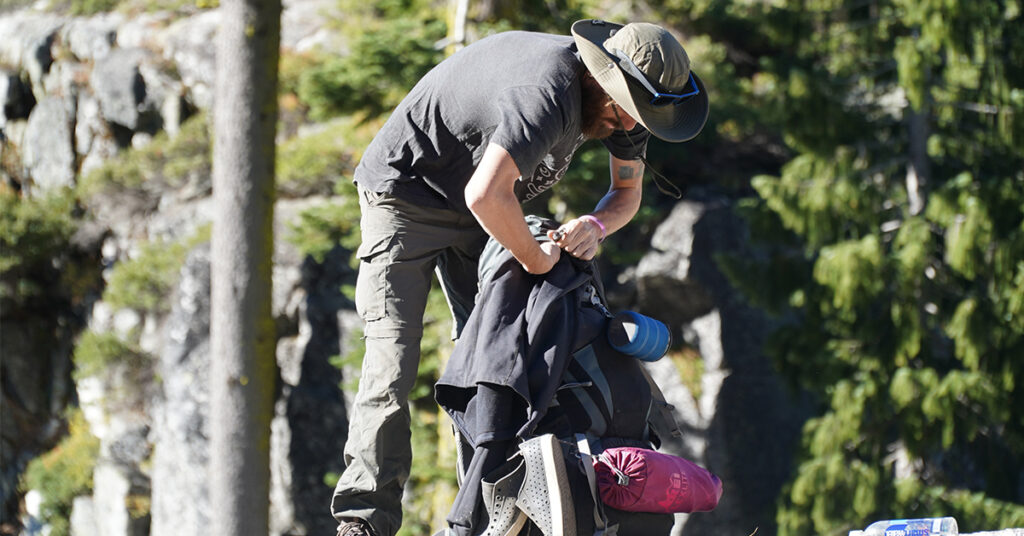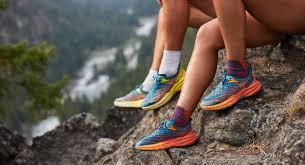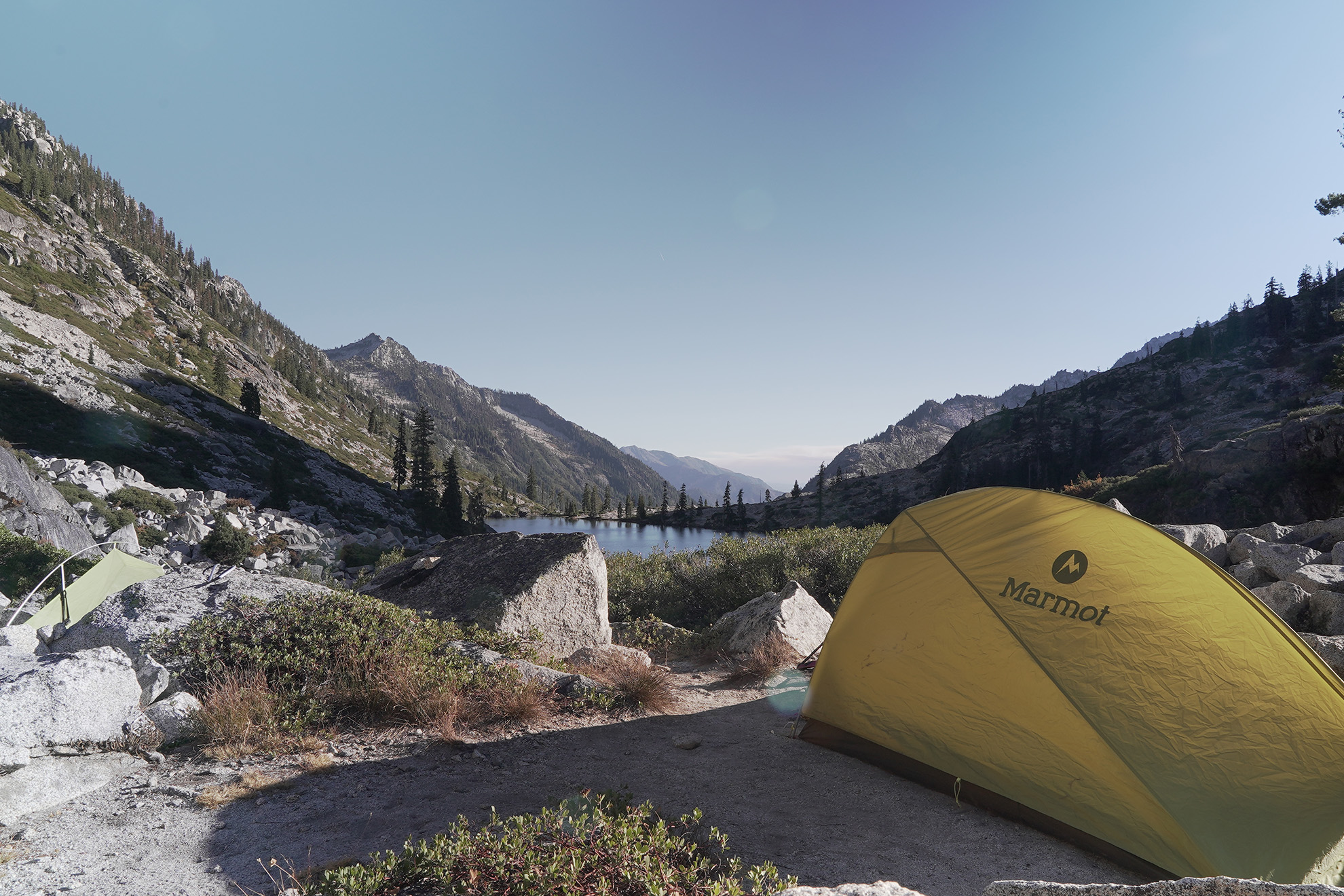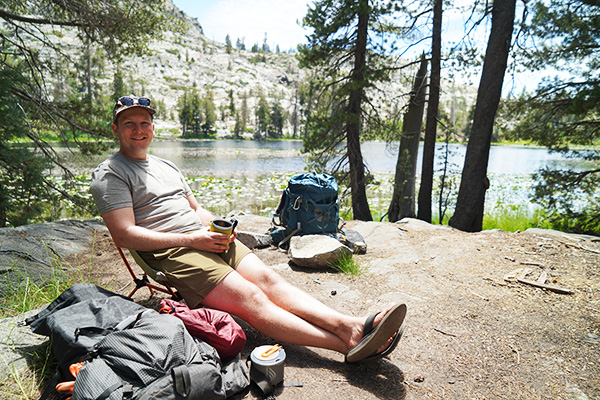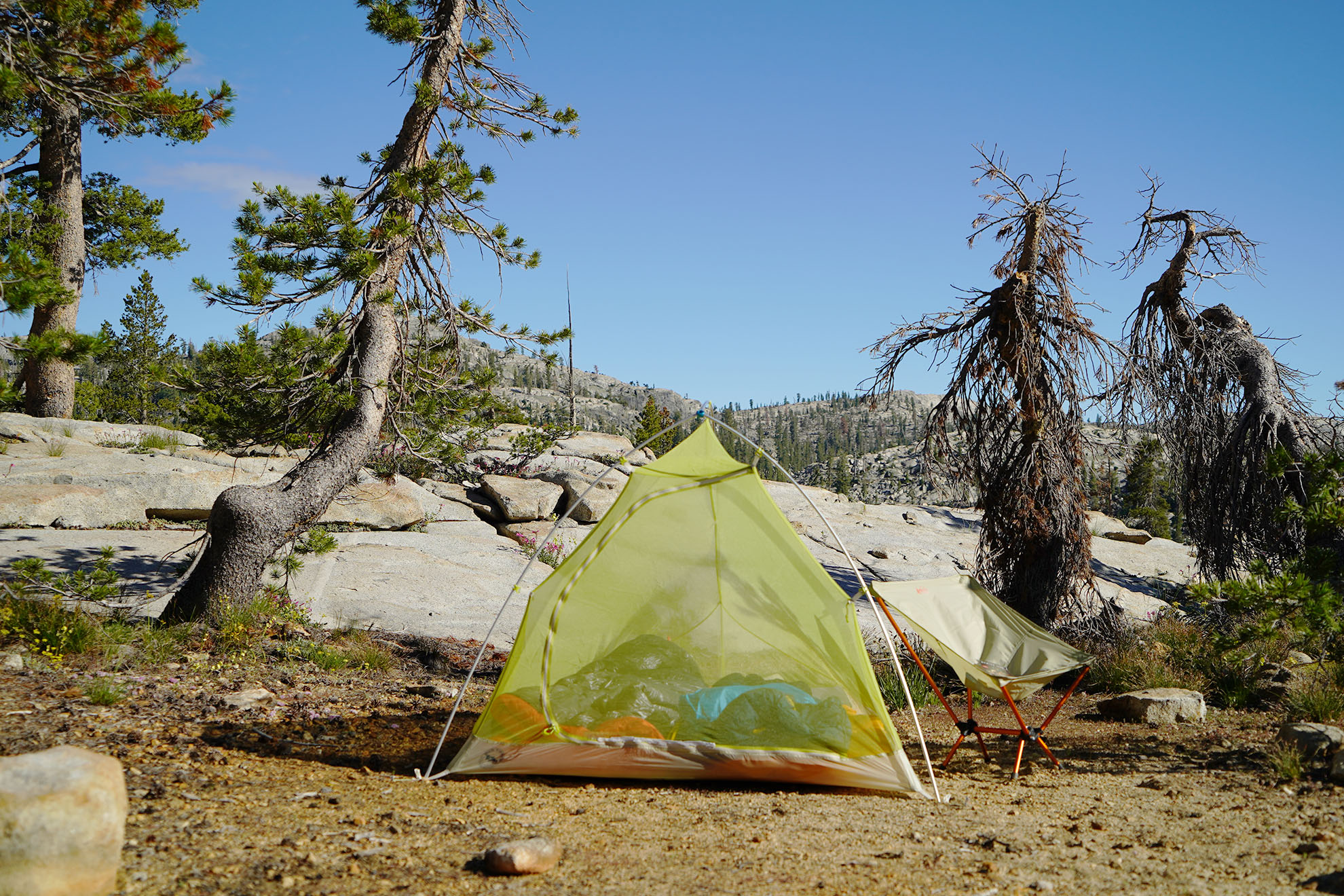I’ve spent years finding the perfect assemblage of gear to carry with me on a backpacking trip. It can be tough to find your sweet spot in terms of weight and comfort so I’ve created this easy to navigate backpacking checklist to help you find what you need for your next backpacking trip.
I’ve listed the weight and rated my gear on dozens of trips and I can comfortably say I’ve found a balance between comfort, weight, and practicality that can help you prepare for your next backpacking trip.
Keep in mind that the amount and type of your gear can vary quite a bit depending on things like how far you plan on hiking, the weather forecast, how many nights you’ll be out there, and how remote or dangerous of an area you’ll be in.
If you’re just starting to get into backpacking, be sure to take a look at my post about the Biggest Mistakes Beginner Backpackers Make.
Alright, let’s dive in!
Table of Contents
The Big 4
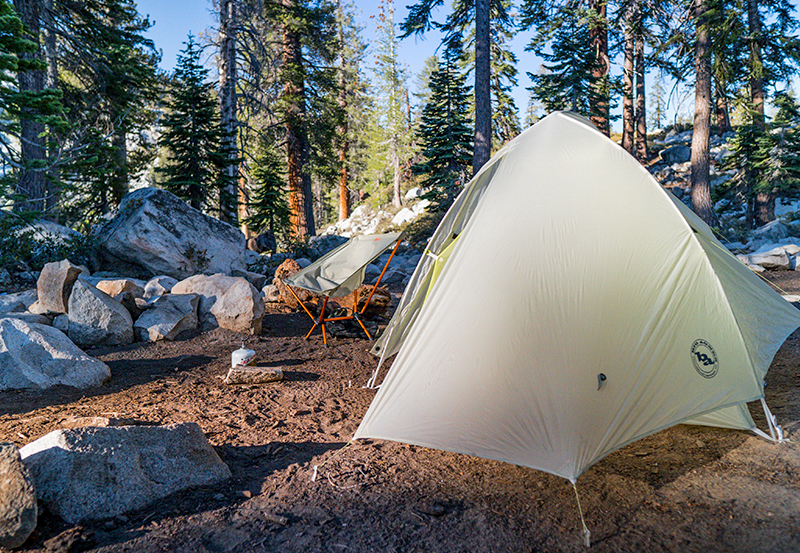
Sometimes referred to as the Big 3 (If sleeping bag and pad are grouped together) these are generally the heaviest and most expensive items you’ll be packing with you for your trip. These items are probably the easiest ones to remember on a backpacking checklist but it never hurts to double check!
A great tip when you’re trying to shed pounds rather than grams off your base weight is to upgrade/switch out these items to more lightweight alternatives
- Backpack – I use an HMG Southwest 2400.
- Tent or Tarp – It’s on the heavier side for backpacking tents but you can get going with a Kelty Late Start backpacking tent.
- Sleeping Bag/Quilt – Nemo makes a good sleeping bag at a fair price
- Sleeping Pad – I’ve been using my Big Agnes Air Core for over 2 years and love it.
Electronics & Equipment
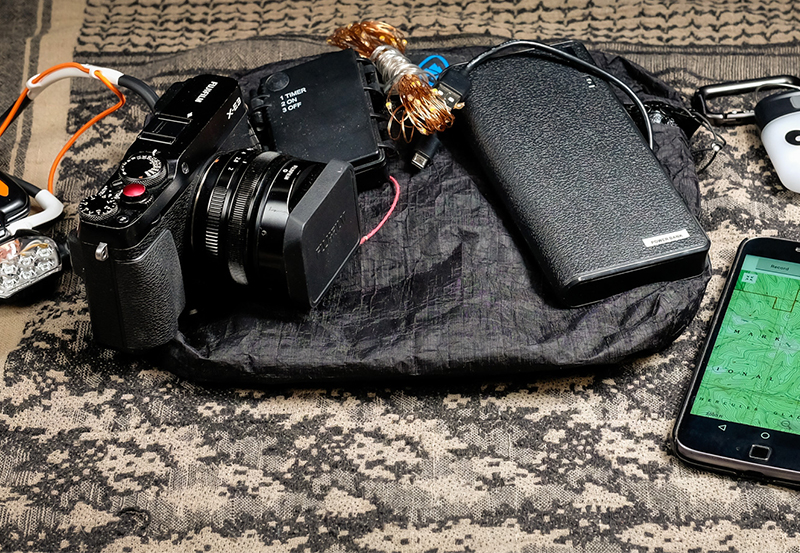
Isn’t the point of backpacking to get away from society and your devices? Don’t more electronics on a backpacking trip cause more hassle than they’re worth?
Well, the answer is sometimes yes and sometimes no. In some cases, electronics or tools can actually help with the logistics of your trip. You can check a GPS unit if you get off course and a good set of trekking poles can make the ascent up a mountain easier or take the strain off your knees on your way back down.
Ultimately you’ll need to find what works best for you. If you don’t mind the weight then adding a few items to your backpack can make the trip more enjoyable. But, overdo it and you’ll be regretting your decision with every step.
- Trekking Poles
- Garmin InReach Mini
- Hammock for base camp or day trips (don’t forget the straps!)
- Sitting Pad
- Cell Phone
- Lantern
- Bear Spray
- Headlamp
- Charging Brick or spare batteries (a 10,000mAh pack should suffice for trips under a week)
- ID, car keys
- Leatherman
- Knife (if the Leatherman is too much weight to stomach)
Clothing
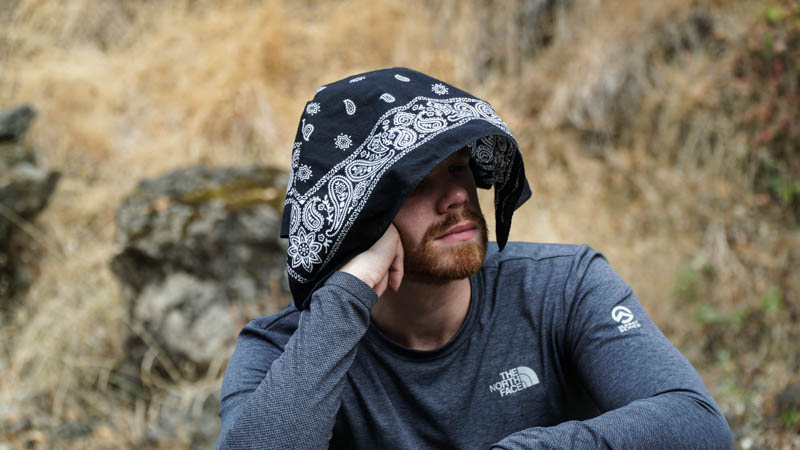
The right clothing for a backpacking checklist is paramount. You can have the best gear in the world but that won’t help you in the snowy alps if all you have are running shorts and a button-up from work.
Picking the right clothing for a trip requires you to know where you are going and to have an idea of the weather forecast for the duration of your trip.
Maybe its 80 degrees during the day while you’ll be hiking but at night the temperatures dip past freezing. You’ll need to be prepared.
Kitchen Items
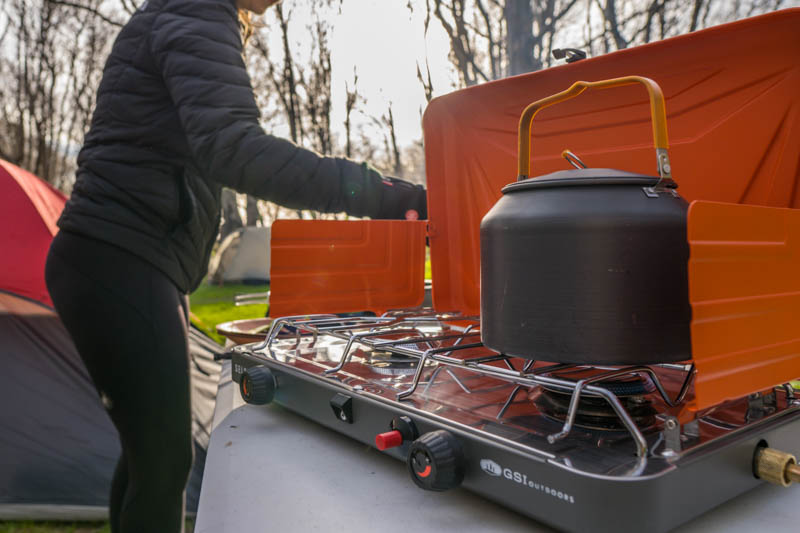
One of my favorite parts of a backpacking trip is getting all my food ready. I love to plan out my meals and make sure I have enough calories for my trip.
My cooking setup is probably considered second class to a lot of people but I generally only carry a Toaks cooking pot and a small BSR stove. I’ve used cold soak methods, liquid fuel stoves, biofuel setups and this is just what I’ve landed on. You’ll have to get out there and see what works best for you.
- Stove
- Cooking pot
- Mug
- Small lighter
- Dry towel
- Piece of cut off sponge
- Eco-Friendly Soap
- Spices or sauce packets
Water Treatment
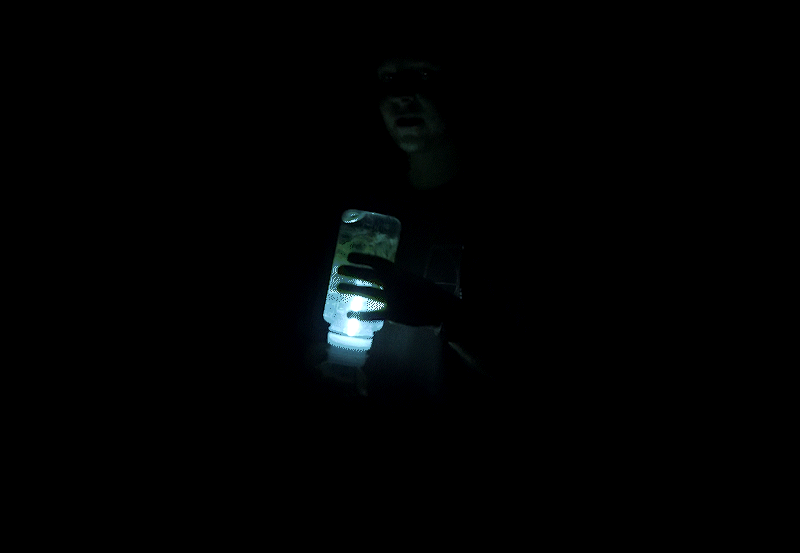
This shouldn’t come as a surprise to anyone but water is important. In fact, according to Medical News Today, a person can only survive without water for about 3 days while someone could potentially go without food for weeks.
I always have two ways to source water on my trips. My filter and water treatment tabs come with me on every excursion so I have redundancy in my gear and piece of mind. I have also really started loving Nuun hydration tabs (mentioned in the Food and Hydration section). These have been an awesome addition to my pack that helps me nip dehydration or cramps in the bud if I’m on a particularly difficult hike.
- Uv filter – These are pretty neat and I love mine but its a bit heavy and slow
- Filter
- Push Through Filter – This is what I carry with me on my trips
- Bottles with Built-in Filter
- Gravity bags
- Water Treatment Tablets – I always keep a couple of these tucked away in my first aid kit in case my main filter fails while on the trail.
Food & Hydration
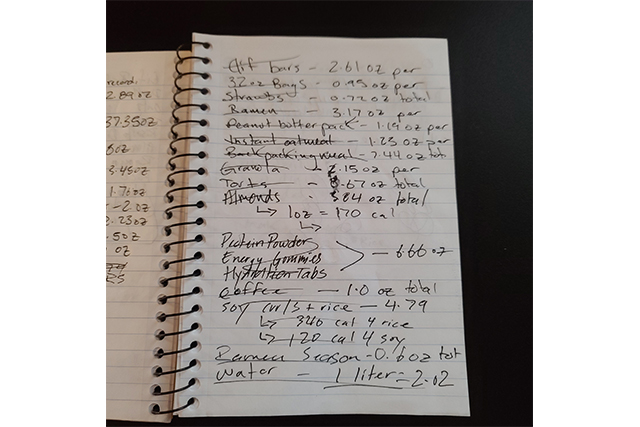
- Food of Choice – shoot for 2500-4000 calories a day
- Hydration tabs or powder
- Paracord to hang food bags
- Wine or liquor in bottles or bags
- Water bottles – 2-7 liters capacity
- Nalgene bottles
- Smart Water Bottle
- Foldable water bottles
First Aid
- This can be made easy by purchasing a premade kid, I’ve been carrying this one on my trips.
- Your kit should consist of –
- Band-Aids
- Antibiotic
- Gauze pads
- Tape
- Gloves
- Tweezers
- Safety pin
- Antihistamines
- Antidiarrheal
Toiletries
Keep in Your Car
- Parking Pass
- Clean clothes, especially socks and slippers
- Camp towel
- 2 gallons of water
- snacks
In Conclusion
I hope this helped you get a better idea of what you should have on your backpacking checklist the next time you head out and if there’s something I missed or if you have any honorable mentions you think I should add to my list, let me know down in the comments!
